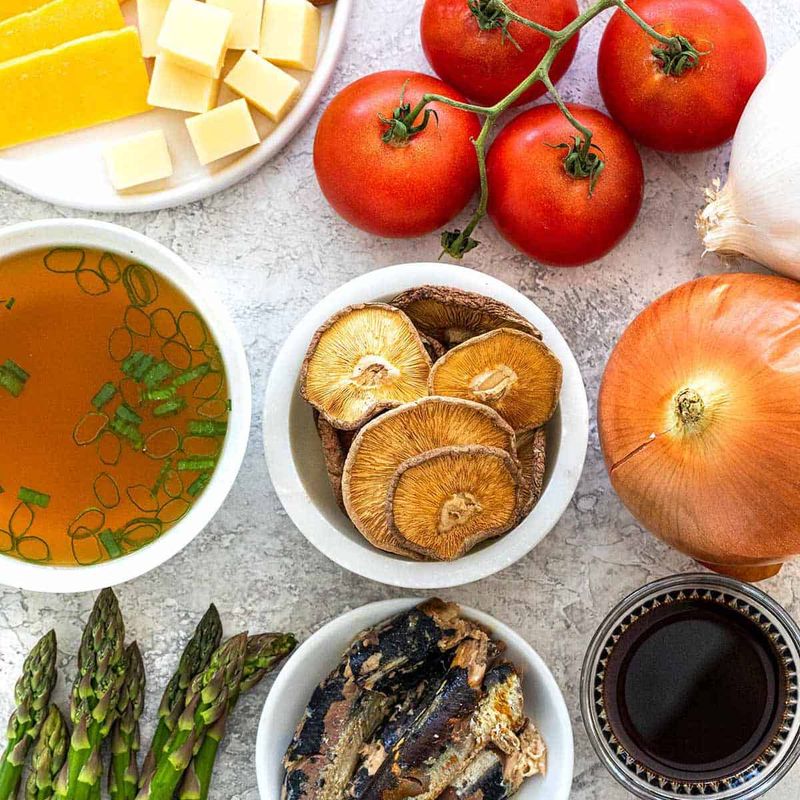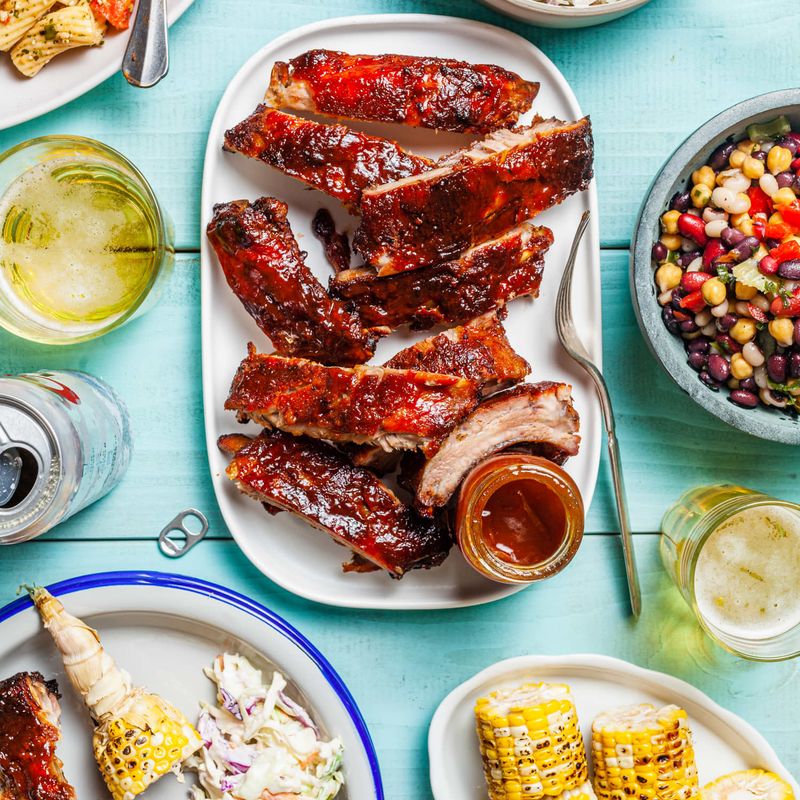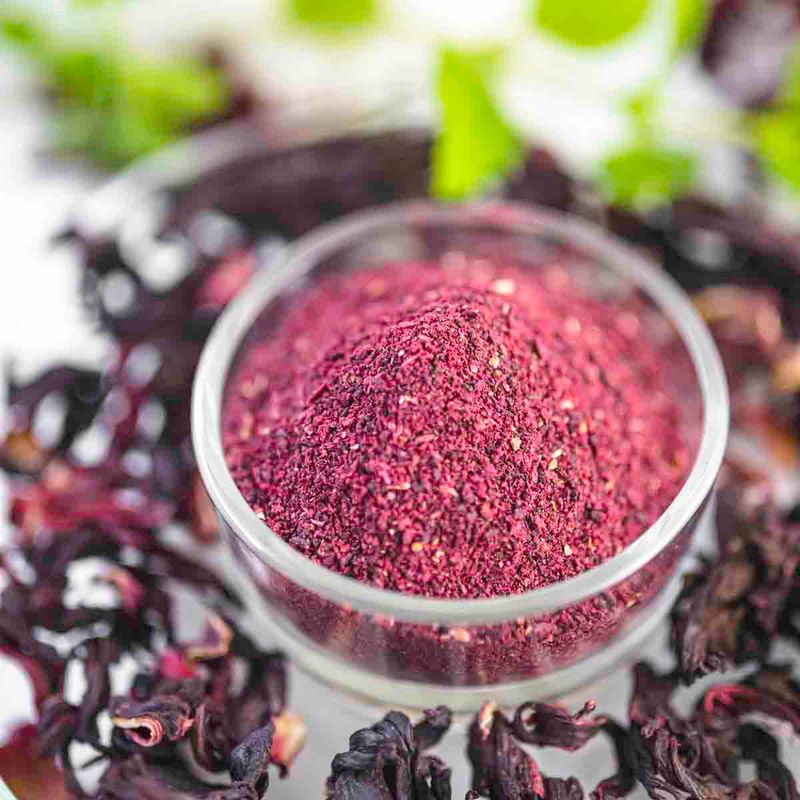10 Sweet and Savory Flavor Trends Influencing Food This Year

Food flavors are changing fast this year, with exciting new tastes popping up on menus and in grocery stores everywhere. Chefs and food companies are mixing versatile ingredients to make meals more interesting than ever before. These subtle shifts bring a fresh layer of designs to everyday cooking and dining. Let’s look at the flavor trends that are changing how our food tastes in kitchens and restaurants right now, offering gentle and simple change on familiar favorites.
1. Sweet Heat Flavors

The ‘swicy’ trend combines sweetness with spicy kicks in versatile ways. Honey drizzled over spicy chicken, chocolate bars infused with chili, and caramel sauce with a hint of heat are appearing on menus nationwide. Food makers are balancing these contrasting flavors carefully – just enough heat to notice without overwhelming the sweet base. This combination works because it stimulates multiple taste simultaneously, creating a more engaging eating experience. Many restaurants now feature at least one swicy option, from appetizers to desserts, showing how this flavor profile has gone mainstream.
2. Global Flavor Mixing

Kitchens everywhere are mixing ingredients from different countries to make exciting new taste combinations. Japanese miso paste adds depth to caramel sauces, while Korean gochujang brings complexity to traditional American barbecue. These global mixes reflect our connected world where chefs draw inspiration from international travels and diverse communities. Home cooks are also experimenting with once-hard-to-find ingredients now readily available in grocery stores. Food trucks have become testing grounds for these combination of flavors, with many successful experiments eventually making their way to restaurant menus and packaged foods.
3. Nostalgic Flavors Get Modern Change

Familiar comfort foods are being reimagined with sophisticated updates that honor tradition while appealing to today’s tastes. Banana pudding might feature cardamom or saffron, while macaroni and cheese incorporates smoked paprika or truffle. This trend connects with both older generations who appreciate the nostalgic base and younger foodies who enjoy the contemporary additions. Food companies are launching products that tap into childhood memories while offering grown-up flavor profiles. Restaurant chefs often feature these updated classics as limited-time offerings to gauge customer response before adding them permanently to menus.
4. Umami-Rich Ingredients

The taste of umami – continues gaining popularity as people discover its satisfying, savory depth. Miso, mushrooms, tomatoes, and aged cheeses are being showcased in everything from snacks to main courses. Umami-rich ingredients provide natural flavor enhancement without relying heavily on salt. Food chefs are studying how these components interact with other flavors to create more complex, satisfying taste experiences. Vegetarian dishes particularly benefit from umami-rich additions, as they help provide the satisfying quality often associated with meat-based meals. Even desserts are incorporating subtle umami flavor through ingredients like miso in ice cream or caramel.
5. Smoky Flavors Beside BBQ

Smoke isn’t just for barbecue- it’s finding its way into unexpected places. Smoked salt tops chocolate chip cookies, smoked honey sweetens tea, and smoked spices add complexity to everyday dishes. The appeal comes from smoke’s ability to add depth without overwhelming other flavors. Different woods make distinct smoke profiles – applewood offers sweetness while mesquite brings intensity, allowing for customized flavor experiences. Home cooks are experimenting with smoking ingredients in backyard setups, while restaurants invest in specialized equipment to bring these flavors to their menus. The trend connects with our primal attraction to cooking over fire.
6. Floral Flavor Bloom in Food

Flowers are moving beside garnishes to become central flavor components in many dishes. Hibiscus adds tartness to beverages and sauces, rose water brings fragrance to pastries, and lavender lends aromatic fragrance to savory dishes. These botanical flavors offer subtle complexity that works well with both sweet and savory applications. Middle Eastern and South Asian cuisines have long incorporated floral elements, inspiring Western chefs to explore these traditions. The visual appeal of edible flowers also makes these ingredients popular in our social media age. Many floral flavors contain beneficial compounds, adding a health benefits.
7. Functional Flavors for Wellness

Foods that taste delicious while offering potential health benefits are gaining traction. Turmeric lattes, mushroom coffees, and adaptogen-infused snacks combine appealing flavors with ingredients traditionally used for wellness. Consumers seek foods that multitask – satisfying taste while supporting health goals. Brands are responding by developing products featuring ingredients like ashwagandha, lion’s mane mushrooms, and other functional components with subtle, complementary flavors. The challenge for food developers is balancing these sometimes bitter or earthy ingredients with more familiar tastes. Success comes when the functional ingredients enhance rather than detract from the overall flavor profile.
8. Sustainable Flavors Take Root

Environmental concerns are influencing flavor development, with upcycled ingredients becoming flavor stars. Spent grain from brewing transforms into nutty bread, fruit pulp from juicing becomes tangy sauces, and vegetable scraps turn into flavorful broths. These sustainable practices reduce waste while introducing interesting taste elements. Food companies highlight these eco-friendly ingredients on packaging, appealing to environmentally conscious consumers. Chefs are pioneering nose-to-tail and root-to-stem cooking approaches that utilize entire plants and animals, discovering new flavors in previously discarded parts. These methods connect traditional wisdom with modern sustainability concerns.
9. Sweet-Savory Combinations

The line between dessert and dinner is fading as unusual combinations gain popularity. Miso caramel sauce drizzled over ice cream, maple syrup infused with black garlic, and chocolate bars studded with olive oil and sea salt challenge traditional flavor categories. These combinations work because they balance contrasting elements – sweetness offset by savory depth. Food innovators are finding that many ingredients traditionally used in savory cooking have untapped potential in sweet applications. Restaurants often introduce these flavors through tasting menus where diners are more open to experimentation. Successful combinations eventually filter into mainstream products and home cooking.
10. AI-Designed Flavor Combinations

Technology is revolutionizing how new flavors are developed, with artificial intelligence analyzing thousands of ingredient combinations to predict successful pairings. Food companies use these insights to develop products that might never have been conceived through traditional methods. AI systems can identify patterns in consumer preferences and cultural food traditions, suggesting unexpected combinations with high potential for market success. This approach speeds up product development while reducing costly trial-and-error. The most successful AI-suggested flavors still require human refinement, combining technological insights with culinary expertise. This human-machine collaboration is making some of the most innovative flavor profiles reaching market today.
